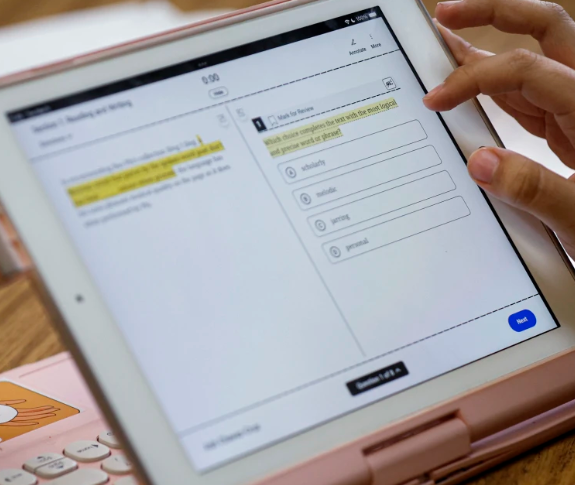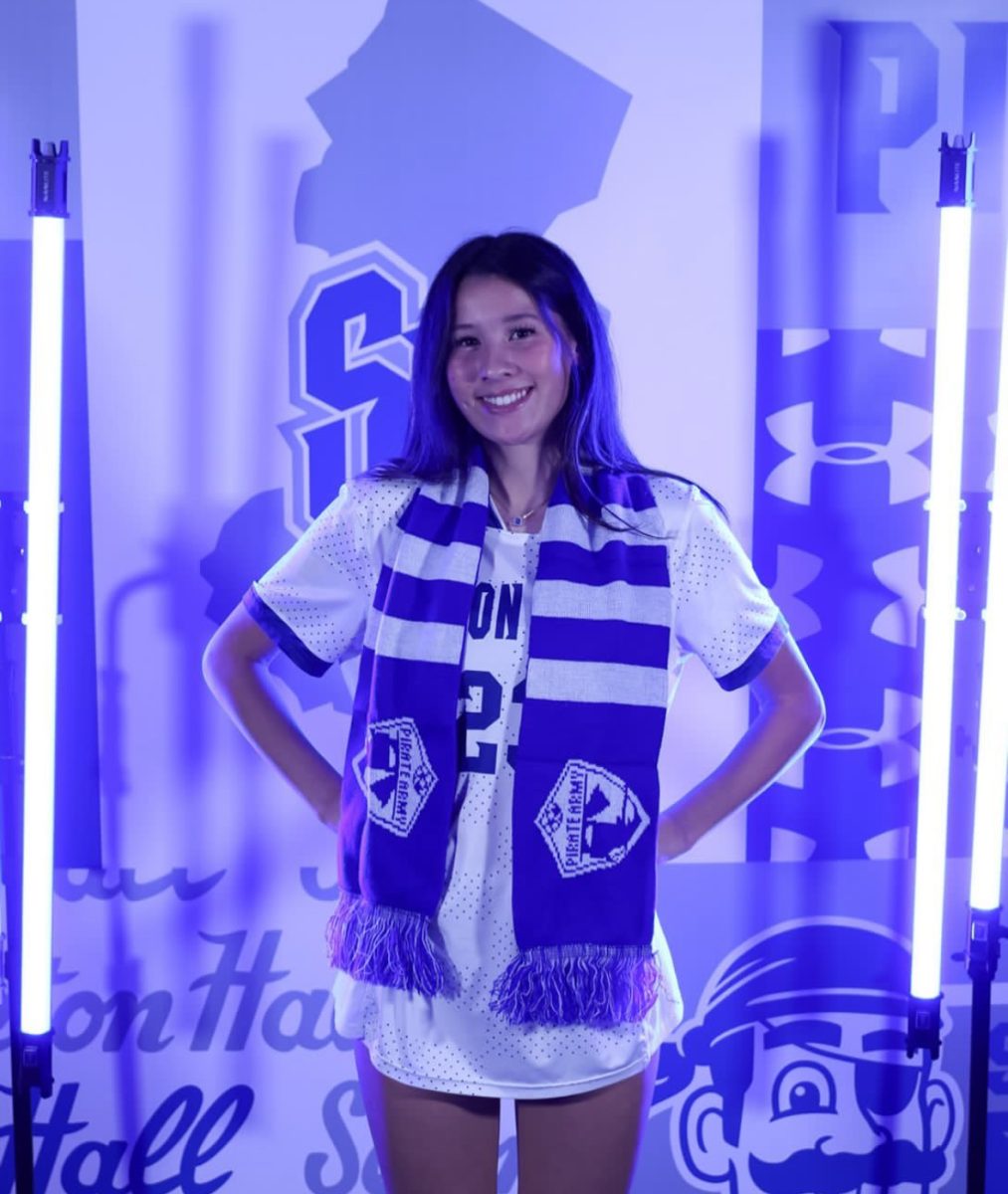Amid an Increasingly Diverse NJ, Where are the Teachers of Color?
April 20, 2023
The term, “you need to see it to be it” refers to the idea that young people need to see themselves represented in leadership positions to envision it for themselves. Moreover, it acknowledges the importance of representation in an increasingly diverse country.
Strides by various institutions highlighting the lived experiences of underrepresented stories have enacted feasible change. In a country that has a woman of color that serves as vice president and midterms that were overly populated with minority politicians, people are challenging the status quo, and demanding change.
Data from the 2020-2021 school year shows that Wayne Hills’ teaching staff is overwhelmingly white. 97% of teachers at Hills are white. There are 1% of Hispanic teachers, 2% Black teachers, and 0 Asian teachers. This is compared to 26% of students of color.
New Jersey is one of the most diverse states in the U.S. going from 79% white in 1990 to 62% white in 2020. The Hispanic population grew from 10% to 19%, the Asian population grew from 3.5% to 6%, and the Black population fell from 13% to 12%.
Almost 60% of the state’s student population is either Hispanic, Black, or Asian and only 17% of teachers are. There are a variety of reasons why it could be: fewer diverse candidates, barriers to certification, and staffing cuts. And the number of teachers of color is only falling.
According to the New York Times, the homogeneity of teachers is one of the leading contributors to the stubborn gender and race gaps in student achievement. “Over all, girls outperform boys, and white students outperform those who are black and Hispanic.” Studies have contended that when black children had a black teacher between third and fifth grades, they were significantly less likely to later drop out of high school.
Students tend to be inspired and motivated by role models to who they can relate. Seeing positive representatives of their identity in a school setting is healthy and could benefit students’ education in the long run. Additionally, teachers of color could present learning material in a more “culturally relevant way.”
Also, without even intending to, teachers may treat students differently based on their own backgrounds and preconceived notions. This is known as unconscious or implicit bias. It’s the concept that particular stereotypes, positive or negative, influence behaviors, and decisions. Implicit bias perpetuates socioeconomic, gender, and racial gaps in educational outcomes which likely will manifest in corresponding workplace disparities in pay, promotions, and employment.
White teachers may be less likely than black teachers to assign black students to gifted and talented programs although they might have similar test scores to those of their white classmates. Although white and Asian-American students may not be harmed by having a teacher of color, Black and Hispanic students will.
“I think teacher diversity is important because teachers are students’ role models and some students might be more comfortable or identify with someone that looks similar to them,” said senior Leizl Carlo.
Acting Education Commissioner for the New Jersey Department of Education, Angelica Allen-McMillan, stated in a recent interview, “A diverse teaching staff can help reduce suspensions, lower absenteeism, and raise achievement. Other education research shows that more students of color experience higher graduation rates, test scores, attendance rates, and enrollment in gifted programs and higher education when they have same-race or same-ethnicity teachers. They also experience lower suspension rates.”
So, this rises an important question: where are all the teachers of color?
New Jersey’s Department of Education has addressed the necessity of having a more diverse teaching staff. Allen-McMillan explained to the state Board of Education that it is the department’s goal that, by 2025, 56% of newly hired educators will be teachers of color therefore, “students have access to a high quality, ethnically and racially diverse workforce that more closely reflects the race and ethnicity of the New Jersey public school population.” She added that “We believe in having a role model in front of these students who met the same standards as all teachers in the state.”
















